The Rise and Fall of the Incan Empire - A Historical Analysis
The Incan Empire, a marvel of ancient civilization, rose from the rugged terrain of the Andes to become a dominant force in pre-Columbian America. With a blend of strategic prowess and cultural richness, the Incas forged an empire that stretched across vast territories, uniting diverse peoples under a single banner.
At its peak, the Incan Empire stood as the largest in the Americas, showcasing remarkable feats of engineering and organization. From the majestic city of Cusco to the intricate network of roads and agricultural terraces, the empire's legacy still echoes through the ages.
However, like a mighty tree swaying in a storm, the Incan Empire faced challenges that would ultimately lead to its downfall. Internal strife, external threats, and the arrival of Spanish conquistadors all played a role in the empire's unraveling.
As we delve into the annals of history, we uncover a tale of triumph and tragedy, of innovation and resilience. The rise and fall of the Incan Empire serve as a poignant reminder of the ebb and flow of power, the fragility of empires, and the enduring spirit of a people determined to leave their mark on the world.
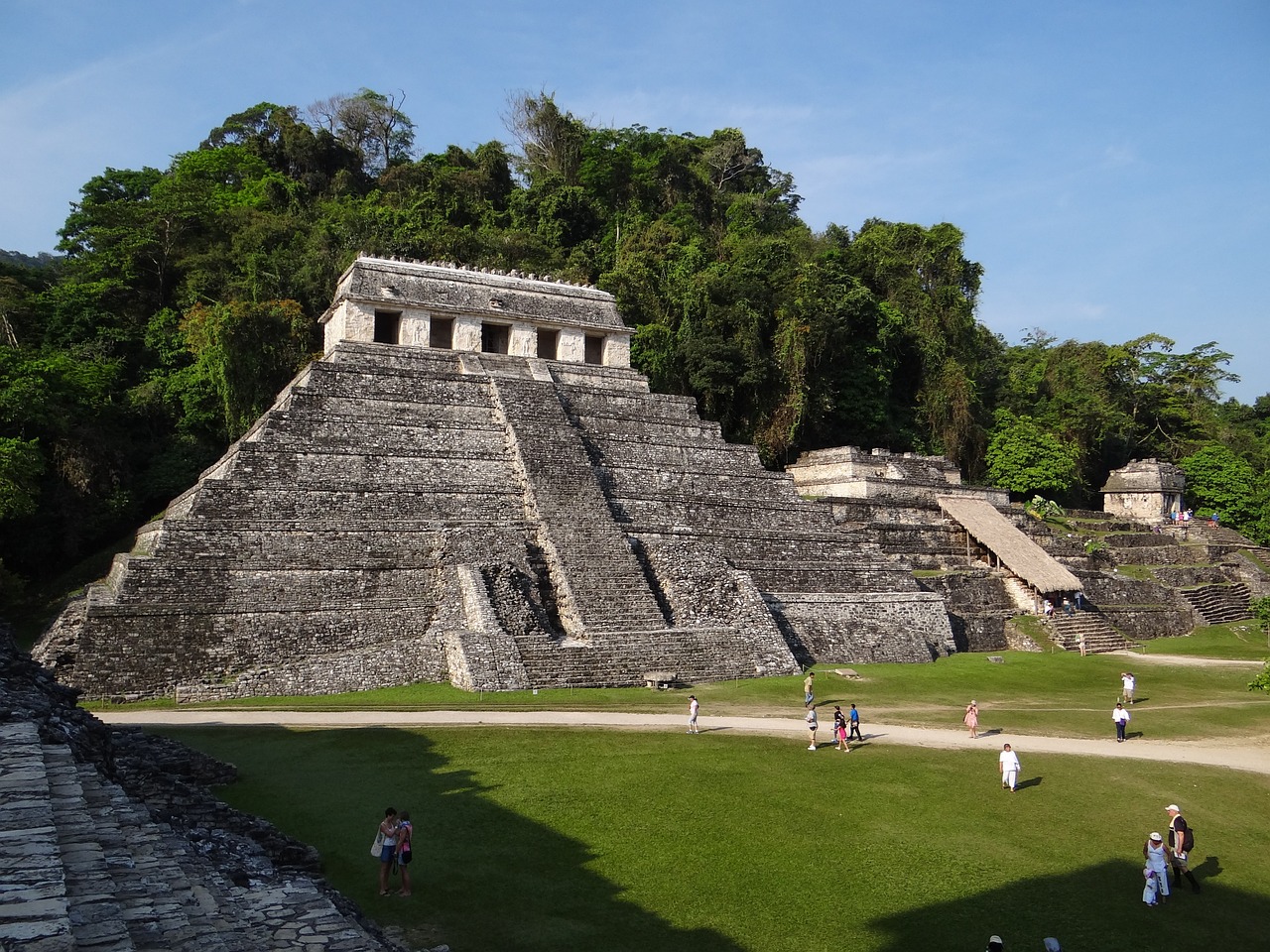
Origins of the Incan Civilization
The origins of the Incan civilization trace back to the Andean region of South America, where a small community gradually evolved into a powerful empire. The Incas emerged as a dominant force in the Andes, establishing their capital in Cusco and laying the foundation for a complex society that would flourish for centuries. Their rise to power was not merely a stroke of luck but a result of strategic planning and astute leadership.
At the heart of the Incan civilization was their unique cultural and political systems, which set them apart from other indigenous groups in the region. The Inca rulers, known as Sapa Incas, wielded both political and religious authority, creating a centralized government that oversaw a vast network of provinces and territories. This centralization of power allowed the Incas to effectively govern their expanding empire and maintain social order.
One of the key factors in the Incan Empire's success was their innovative agricultural practices, such as terrace farming and irrigation systems, which enabled them to sustain a large population in the challenging Andean environment. Their mastery of engineering and architecture is evident in the impressive structures they built, including the renowned citadel of Machu Picchu, a testament to their advanced knowledge and skills.
As the Incas continued to grow in influence, they encountered various challenges, both internal and external. Internal rebellions and power struggles occasionally threatened the stability of the empire, while external threats from rival civilizations posed constant risks to their territorial integrity. Despite these obstacles, the Incas persevered and expanded their domain through a combination of military conquests and strategic alliances.
The origins of the Incan civilization reflect a remarkable journey from humble beginnings to becoming one of the most formidable empires in pre-Columbian America. Their legacy continues to fascinate historians and archaeologists, offering valuable insights into the complexities of ancient societies and the enduring impact of cultural heritage.

Expansion and Consolidation of Power
During the height of the Incan Empire, the expansion and consolidation of power played a crucial role in shaping the empire's influence across the Andean region. Led by ambitious rulers like Pachacuti, the Incas embarked on a series of military conquests and strategic alliances that allowed them to expand their territory and solidify their control over diverse ethnic groups and regions. Through a combination of military might and diplomatic finesse, the empire grew to encompass a vast expanse of land, stretching from modern-day Ecuador to Chile.
One of the key strategies employed by the Incas to consolidate power was the implementation of a sophisticated administrative system that facilitated communication, resource allocation, and governance across the empire. This system, which included a network of roads, storehouses, and administrative centers, enabled the efficient management of resources and the swift mobilization of troops in times of need.
Moreover, the Incas were adept at incorporating conquered territories into their empire through a combination of coercion and assimilation. While military force was sometimes used to subdue resistant populations, the Incas also offered incentives such as access to trade networks, technological advancements, and religious syncretism to encourage compliance and loyalty among conquered peoples.
Furthermore, the Incas implemented a system of tribute and labor obligations known as the mit'a, which required subject populations to contribute goods and services to the empire in exchange for protection and other benefits. This system not only helped sustain the economy of the empire but also served as a means of exerting control over distant regions and ensuring the loyalty of vassal states.
Overall, the expansion and consolidation of power were central to the success of the Incan Empire, allowing it to establish a vast and interconnected realm that dominated the Andean landscape for centuries. By leveraging military prowess, diplomatic acumen, and administrative efficiency, the Incas were able to create a formidable empire that left a lasting legacy on the history of South America.
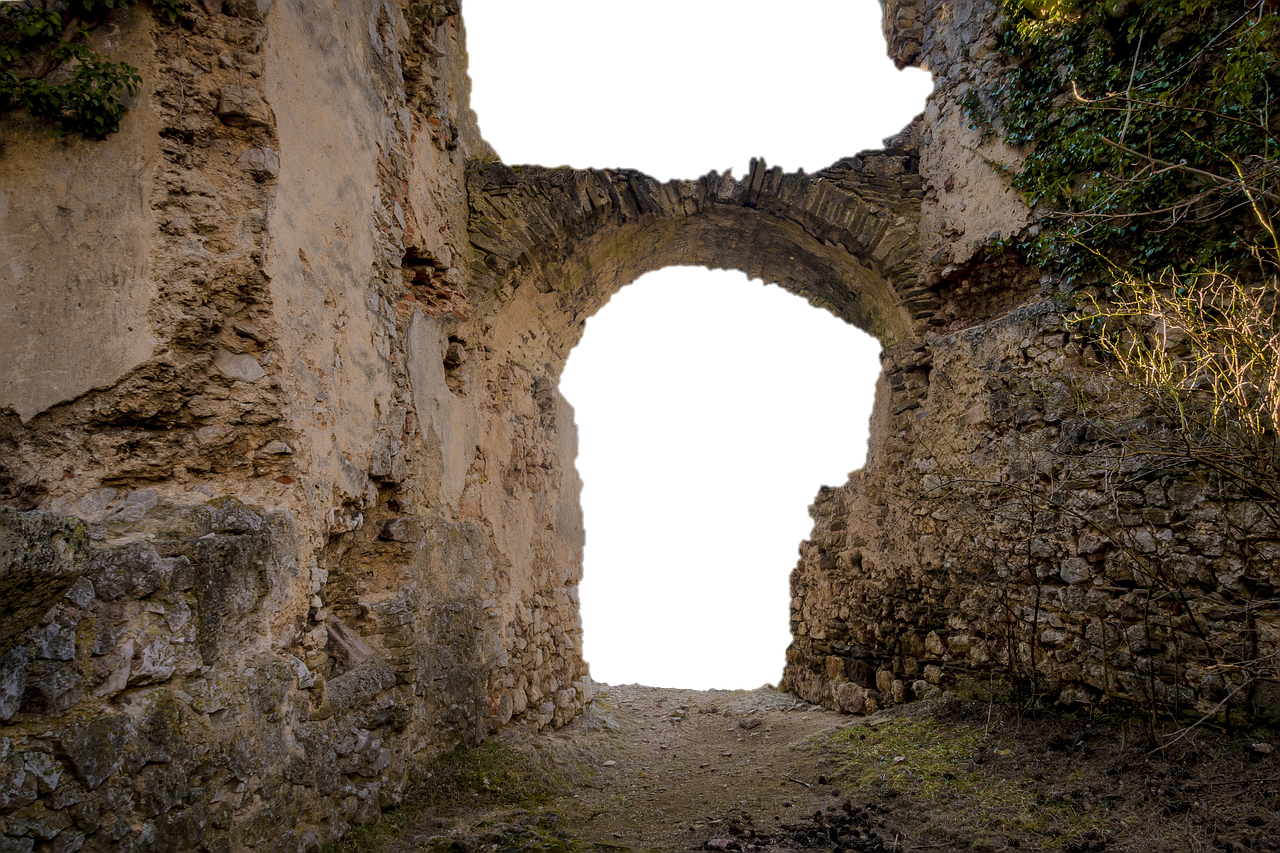
Incan Society and Culture
The Incan Empire was not only known for its vast territorial expanse and military prowess but also for its rich and complex society and culture. At the heart of Incan society was a strict hierarchical structure that governed every aspect of life. At the pinnacle of this structure was the ruler, believed to be the son of the sun god Inti, who held absolute power over the empire.
Below the ruler were the nobility, who enjoyed privileges and held important administrative and religious roles. The common people, known as the 'ayllus,' were organized into communities based on kinship ties and shared labor. Each ayllu was responsible for specific tasks such as farming, weaving, or construction, ensuring the smooth functioning of the empire.
Religion played a central role in Incan culture, with the worship of nature deities and ancestor veneration forming the core of their spiritual beliefs. The Incas built impressive temples and ceremonial centers, such as the renowned Machu Picchu, where religious rituals and sacrifices were conducted to honor the gods and ensure the prosperity of the empire.
One of the most remarkable aspects of Incan society was their advanced engineering feats, particularly in the construction of infrastructure such as roads, bridges, and agricultural terraces. The Incas developed sophisticated irrigation systems that allowed them to cultivate crops at high altitudes and in diverse climatic conditions, showcasing their ingenuity and adaptability.
Furthermore, the Incas were skilled craftsmen and artisans, producing intricate textiles, pottery, and metalwork that reflected their artistic sophistication. Their intricate designs and vibrant colors are still admired today for their beauty and craftsmanship, showcasing the artistic legacy of the empire.
In conclusion, the Incan Empire was not only a military powerhouse but also a vibrant and culturally rich civilization that left a lasting impact on the history of South America. Their society and culture, characterized by intricate social structures, religious practices, and artistic achievements, continue to fascinate and inspire people around the world.

Challenges and Resistance
When we delve into the history of the Incan Empire, we encounter a myriad of challenges and instances of resistance that shaped its trajectory. The Incan Empire faced internal rebellions, external threats from neighboring civilizations, and the formidable impact of Spanish conquistadors. These hurdles tested the resilience and adaptability of the empire, ultimately playing a significant role in its rise and fall.
Internal rebellions within the Incan Empire were not uncommon, as conquered territories often sought to break free from Incan rule. The intricate web of political alliances and rivalries within the empire sometimes led to uprisings, challenging the centralized authority of Incan rulers. These internal conflicts required strategic diplomacy and military intervention to maintain control and unity across the vast expanse of the empire.
External threats posed by neighboring civilizations also posed a constant challenge to the Incan Empire. Border disputes and territorial conflicts frequently arose, necessitating military campaigns to defend and expand Incan territory. The Incas had to navigate intricate power dynamics with other indigenous groups in the region, balancing diplomacy with military might to secure their dominance.
However, perhaps the most significant challenge to the Incan Empire came in the form of the Spanish conquistadors, led by figures like Francisco Pizarro. The arrival of the Spanish brought a new level of warfare and devastation to the region, as advanced weaponry and tactics overwhelmed the Incan forces. The capture of the Incan ruler Atahualpa in 1532 marked a turning point, leading to a series of events that ultimately led to the downfall of the empire.
The resistance put up by the Incan people against these various challenges is a testament to their courage and determination. Despite facing overwhelming odds, they fought fiercely to protect their land, culture, and way of life. The legacy of this resistance continues to inspire modern efforts to preserve and honor the rich heritage of the Incan Empire.
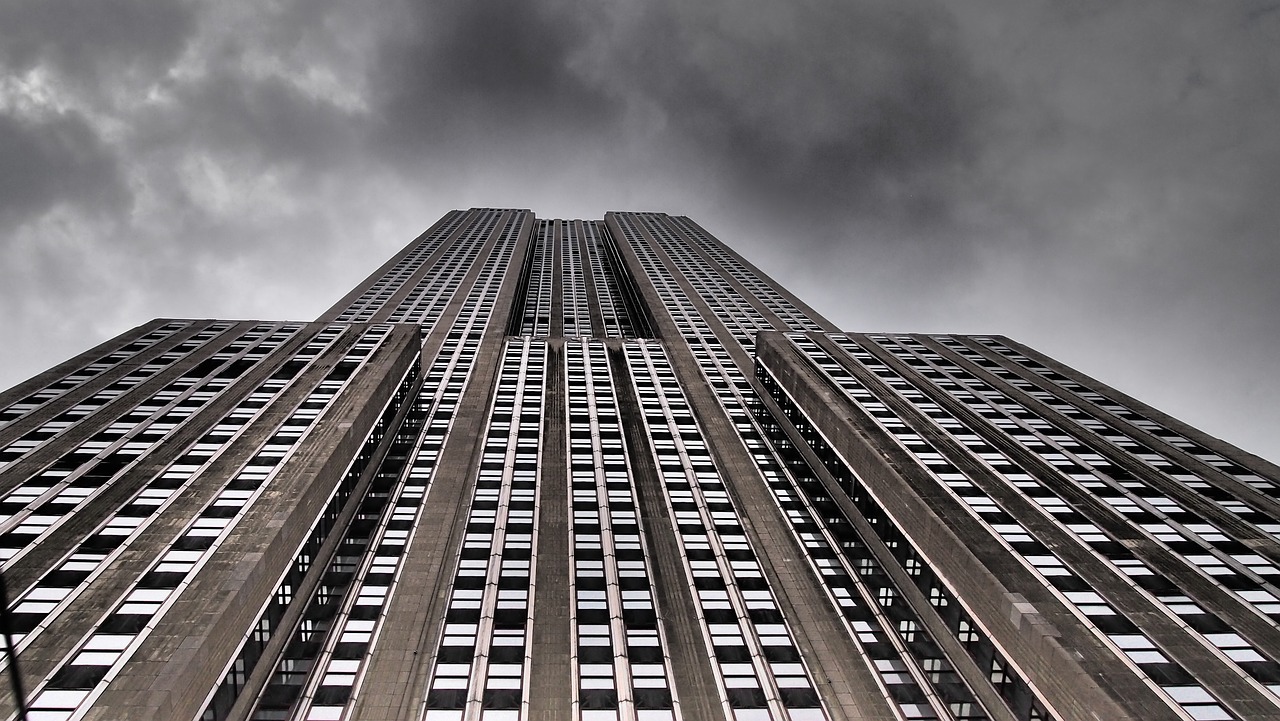
The Spanish Conquest
The Spanish Conquest marked a pivotal moment in the history of the Incan Empire, forever altering its trajectory and leading to its eventual downfall. The arrival of Spanish conquistadors, led by the ruthless Francisco Pizarro, brought about a series of events that would shake the foundations of the once-mighty empire.
One of the most significant events during the Spanish Conquest was the capture of the Incan ruler Atahualpa. In a cunning move, Pizarro lured Atahualpa into a trap, capturing him and holding him for ransom. Despite Atahualpa meeting the demands for a room full of gold and two rooms full of silver, the Spanish executed him, further destabilizing the empire.
The Spanish Conquest also saw the systematic destruction of Incan cities and temples, as the conquistadors sought to erase all traces of the indigenous culture and impose their own authority. The advanced military tactics and weaponry of the Spanish, including guns and horses, gave them a significant advantage over the Incan warriors.
As the Spanish forces continued their conquest, they exploited existing divisions within the Incan Empire, leveraging rivalries and discontent to further weaken the once-unified civilization. The brutal tactics employed by the Spanish, including mass killings and enslavement, left a trail of devastation in their wake.
Despite fierce resistance from some Incan leaders and warriors, the overwhelming power of the Spanish conquistadors proved too much for the empire to withstand. The fall of the Incan Empire marked the end of an era, as centuries of history and culture were swept aside by the forces of colonialism and conquest.
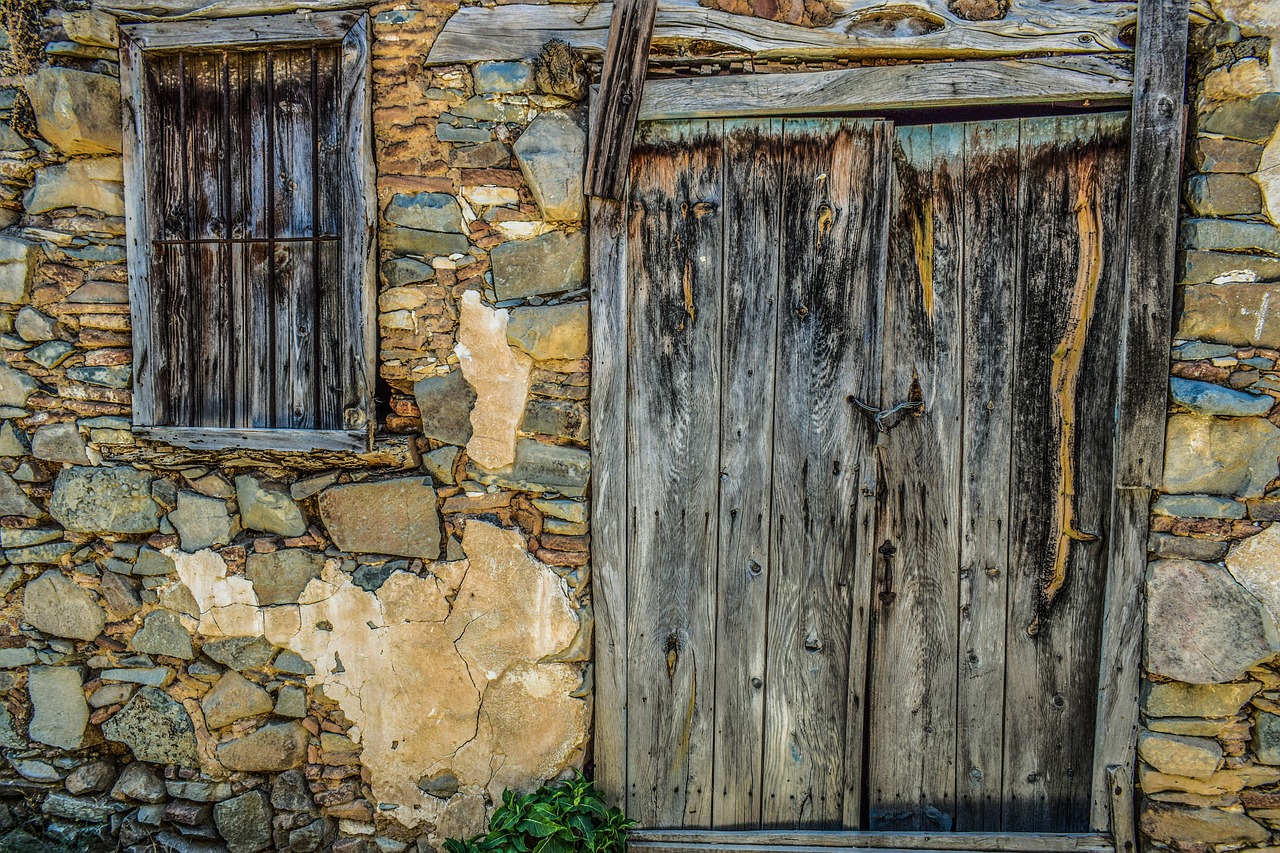
Legacy of the Incan Empire
As we delve into the legacy of the Incan Empire, we uncover a rich tapestry of culture, language, and heritage that continues to shape modern-day Peru. The remnants of this once-great civilization serve as a testament to their ingenuity and resilience, leaving a lasting impact on the land they once ruled.
One of the most enduring legacies of the Incan Empire is their remarkable architectural achievements, exemplified by iconic structures like Machu Picchu. The precision and scale of their construction projects continue to awe and inspire visitors from around the world, showcasing the advanced engineering prowess of the Incas.
Furthermore, the Incan Empire's agricultural innovations have had a lasting influence on farming practices in the region. Their mastery of terrace farming and irrigation systems allowed them to cultivate crops in the challenging Andean terrain, a legacy that still shapes agricultural practices in modern-day Peru.
Additionally, the Incan Empire's cultural heritage lives on through their language, Quechua, which remains spoken by millions of people in South America. The preservation of Quechua serves as a link to the past, connecting contemporary populations to their Incan ancestors and preserving a vital piece of the empire's legacy.
Efforts to protect and promote Incan heritage continue to be a priority in Peru, with initiatives aimed at safeguarding archaeological sites, preserving artifacts, and educating the public about the significance of the Incan Empire. Through these endeavors, the legacy of the Incas is kept alive, ensuring that future generations can appreciate and learn from their extraordinary achievements.
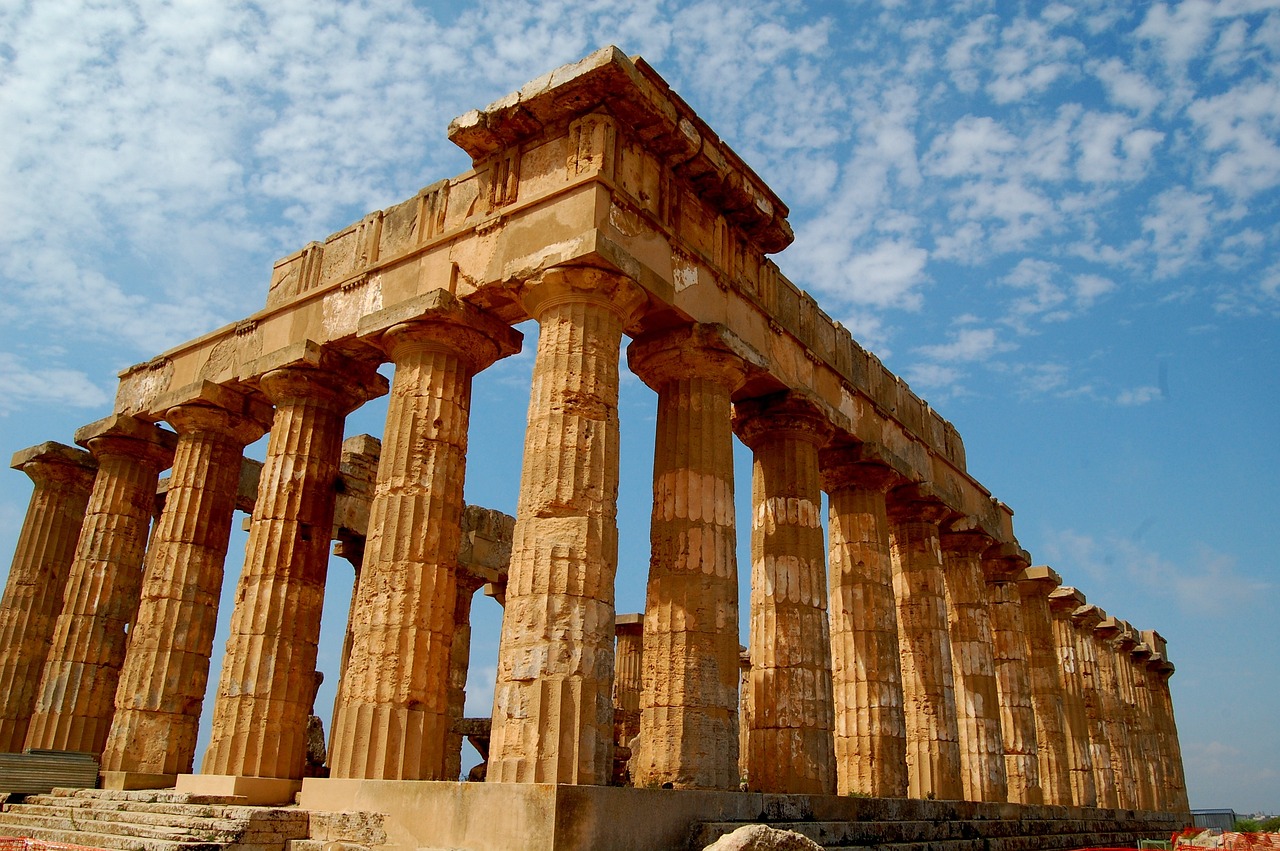
Modern-Day Discoveries and Research
Modern-day archaeologists and researchers continue to uncover fascinating insights into the history and achievements of the Incan Empire. Through meticulous excavations and advanced scientific techniques, new discoveries are shedding light on the sophisticated engineering prowess and cultural richness of the Incas. One of the most notable recent findings is the uncovering of hidden Incan cities and structures, providing a deeper understanding of their urban planning and architectural marvels. These discoveries not only captivate the imagination but also challenge previous assumptions about the extent of Incan influence and innovation.
Furthermore, ongoing research is unraveling the mysteries surrounding Incan agricultural practices, particularly their mastery of terraced farming and irrigation systems. By studying ancient agricultural sites and analyzing plant remains, scientists are gaining valuable insights into how the Incas sustained their vast empire through innovative farming techniques. These findings not only highlight the ingenuity of the Incan people but also offer valuable lessons for sustainable agriculture in the modern world.
Collaborative efforts between archaeologists, historians, and indigenous communities are crucial in preserving and interpreting the legacy of the Incan Empire. By engaging with local populations and respecting traditional knowledge, researchers are able to piece together a more comprehensive picture of Incan society and culture. Through these partnerships, modern-day scholars are not only uncovering the past but also fostering a deeper appreciation for the enduring legacy of the Incas in the present day.
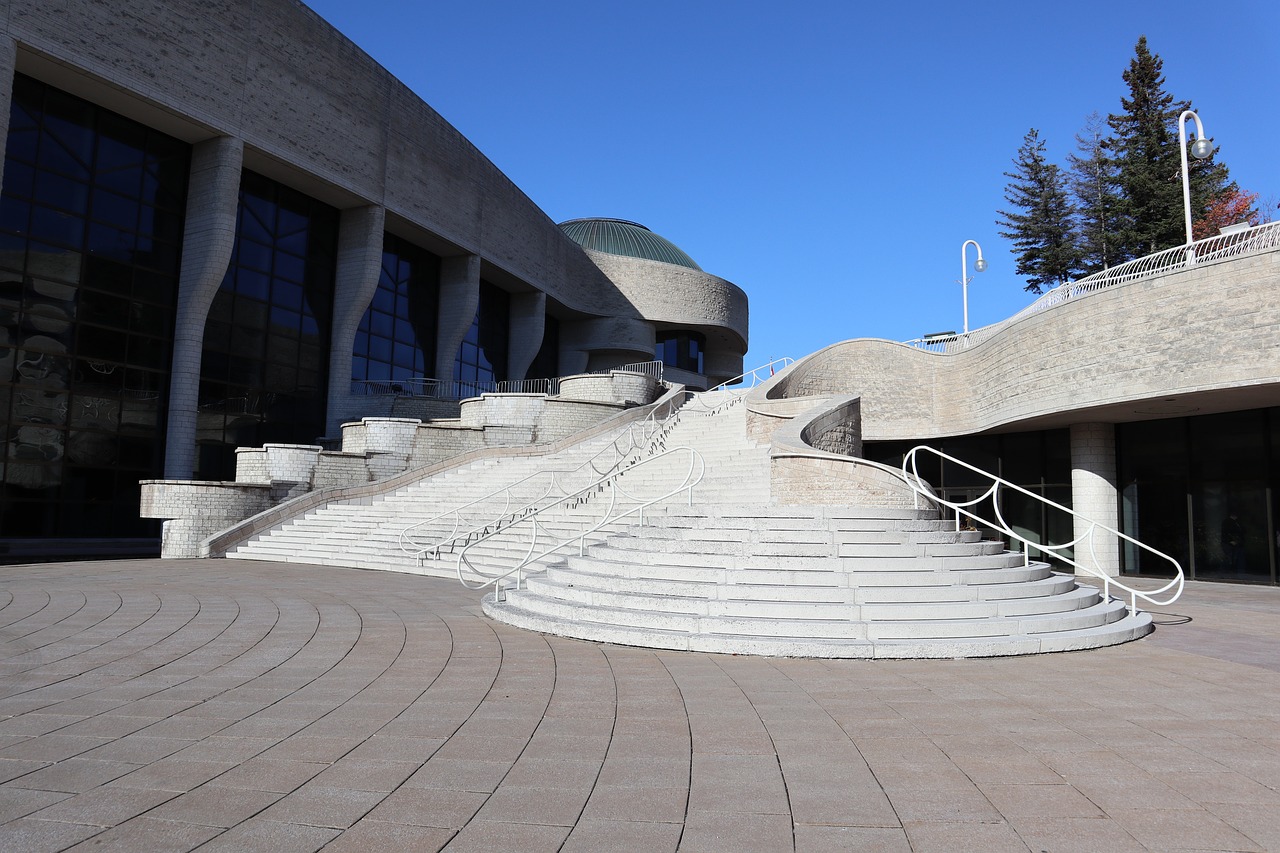
Lessons from the Incan Empire
As we delve into the intriguing history of the Incan Empire, we are presented with a tapestry of lessons that transcend time and space. The rise and fall of this once-mighty civilization offer invaluable insights into the dynamics of power, resilience, and adaptation. One of the key lessons that emerge from the annals of Incan history is the importance of unity in the face of adversity. The empire's ability to consolidate diverse ethnic groups and territories under a central authority speaks volumes about the strength that comes from solidarity.
Furthermore, the Incan Empire teaches us about the perils of overreliance on military might and expansionist ambitions. While military conquests played a significant role in the empire's rise to power, they also sowed the seeds of discontent and resistance among subjugated populations. This serves as a cautionary tale about the limits of force in maintaining long-term stability and prosperity.
Another crucial lesson from the demise of the Incan Empire is the importance of adaptability and openness to change. The empire's downfall can be attributed, in part, to its inability to effectively respond to the arrival of Spanish conquistadors and the new challenges they posed. This underscores the need for societies to be agile and innovative in the face of evolving threats and circumstances.
Moreover, the legacy of the Incan Empire reminds us of the significance of preserving cultural heritage and knowledge for future generations. The empire's rich traditions, architectural marvels, and agricultural innovations continue to captivate and inspire people around the world. This underscores the enduring value of honoring and safeguarding our collective past.
In conclusion, the story of the Incan Empire offers a treasure trove of wisdom for contemporary societies grappling with complex geopolitical realities. By studying the triumphs and tribulations of this ancient civilization, we can glean valuable lessons on governance, resilience, and the enduring power of human ingenuity. The echoes of the Incan legacy resonate through the ages, urging us to learn from the past as we navigate the challenges of the present and shape the course of the future.
Frequently Asked Questions
- What was the significance of the Incan Empire?
The Incan Empire was one of the largest and most powerful civilizations in pre-Columbian America, known for its advanced engineering, intricate social structure, and vast territorial expansion.
- How did the Incan civilization come to power?
The Incan civilization rose to power through a combination of military conquests, strategic alliances, and strong leadership, particularly under rulers like Pachacuti who expanded and consolidated their empire.
- What led to the downfall of the Incan Empire?
The downfall of the Incan Empire was primarily attributed to the arrival of Spanish conquistadors, led by figures like Francisco Pizarro, who exploited internal divisions and captured key leaders like Atahualpa, ultimately leading to the empire's collapse.
- What is the legacy of the Incan Empire today?
The legacy of the Incan Empire can be seen in modern-day Peru through cultural practices, architectural marvels like Machu Picchu, and efforts to preserve and promote Incan heritage through ongoing research and archaeological discoveries.
- What lessons can be learned from the history of the Incan Empire?
The history of the Incan Empire provides valuable insights into issues of governance, resilience in the face of external threats, and the importance of preserving cultural heritage, offering lessons that are still relevant in contemporary times.



















